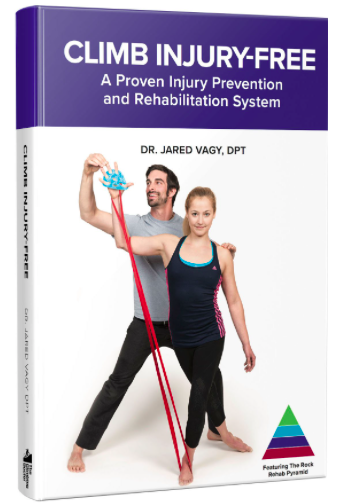How do you hangboard? Are you a long-time rock climber who wants to climb for a lifetime? A beginner climber who wants to train right and train smart to prevent injury? Are you currently side-lined due to a tendon or pulley injury in your hand and want to know how to rehabilitate it? Are you scared by witnessing your friends get sidelined from finger injuries for months or years and you want to do what you can so this doesn’t happen to you?
https://youtu.be/NuPYYDr0MB8
This is a long-awaited Part 3 to our video series about preventing rock climbing finger, pulley, and tendon injuries in the hand. Make sure to watch videos Part 1 & Part 2, if you haven't already, in which Dr. Elle explains why injuries commonly occur in the hand and tendons/pulleys of the hand, how your technique may be contributing to this, and why strengthening your hand, not just your forearm is important for preventing this and rehabilitating injuries here.
In this climbing training video, Dr. Elle addresses a common training error in hang board training - when climbers only hang statically. Climbing is not static and the abrupt movements in climbing are associated with injury, especially when projecting a route or problem, when fatigued, and when under-trained - all of which are common. You need to bridge that gap in your training. Here is a bottom up way to improve your hangboard training to include more dynamic load to your fingers and make them more resilient to injury.
Comment below with any questions and let Dr. Elle know what questions you have. This shelter-in-place is a great opportunity to train weaknesses and correct imbalances in your body to get you climbing healthy for a lifetime.
Make sure to subscribe to our YouTube channel to not miss any of our educational videos.



